Khyber District
Trend Analysis
Demographics | 1998 | 2017 |
Area SqKms | 2576 | 2576 |
Population | 546730 | 986973 |
Population Density / SqKm | 212 | 383 |
Rural Population | 546730 | 986973 |
Total Housing Units | 112042 | 198808 |
Housing Units having Electricity | 74595 | 94595 |
Housing Units Having Piped Water | 41368 | 71368 |
Housing Unit using Gas for cooking | 16525 | 36525 |
Source: Pakistan Bureau of Statistics
Outline:
Khyber is located in the north of Pakistan. It is bordered with Afghanistan, Peshawar city and the Kurram and Orakzai districts. Khyber has a barren and rugged mountainous terrain. It consists mostly of hilly tracks and mountains, with narrow strips of valleys. It is the meeting place of a series of ranges, such as the Koh-e-Safaid, an off-shoot of the mighty Hindukush Mountains.
It has some beautiful valleys with plain arable areas, such as, the valleys of Rajgal, Maidan and Bazar. The major plains are the Khajuri Plain and the Bara Plain. There are two main rivers; the Bara and Chora Rivers. On the Northern border, river Kabul runs between the area of Shalmanis and Mullagoris and separates the Khyber from the Mohmand. All these rivers run into the Peshawar Valley. NHA is currently working with assistance from The World Bank to construct 50 km expressway called Peshawar Torkham Economic Corridor Project which would enhance trading capacity of the region and generate further employment opportunities for the locals. Olive tree cultivation can also be another area where the concerned stakeholders can implement necessary action to explore the possibilities on commercial level.
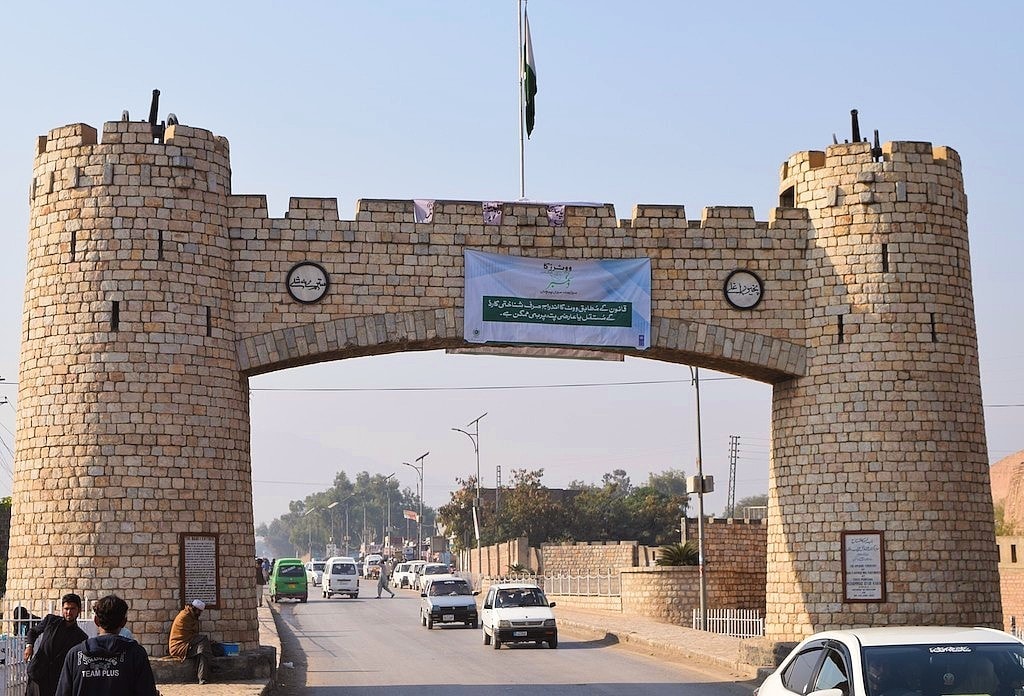
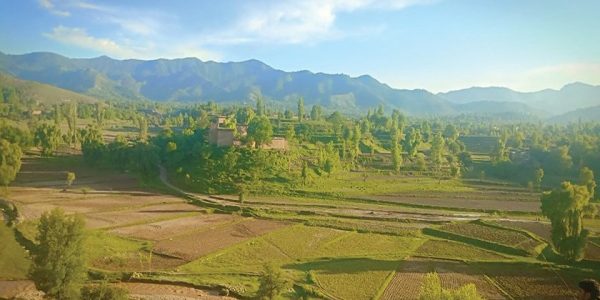
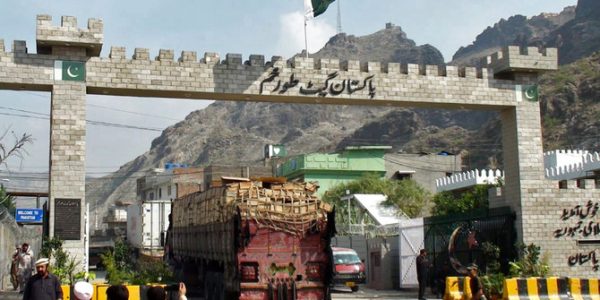
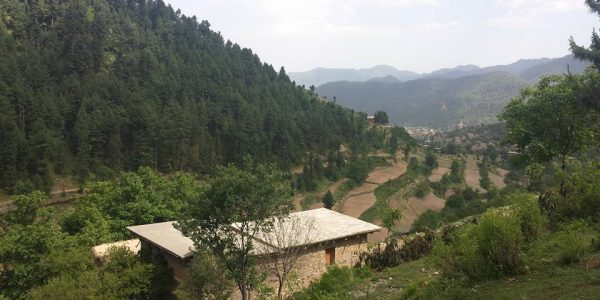
1. Agriculture and Forestry
Khyber has scanty rainfall; therefore, most of its area is barren, with some cultivated area found near the valleys. The total cultivated area is about 20,075 hectares, whilst uncultivated land is 237,579 hectares, with 2070 hectares as forest area. The total cropped area is 19,365 hectares.
(source: Fata Development Authority, https://fata.gov.pk).
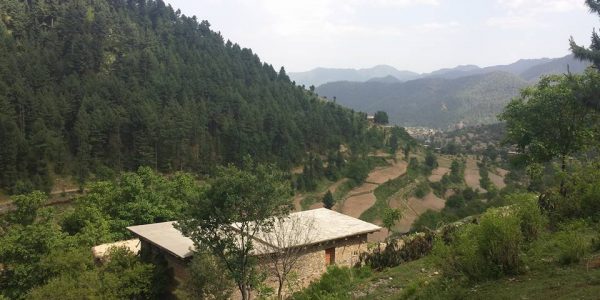
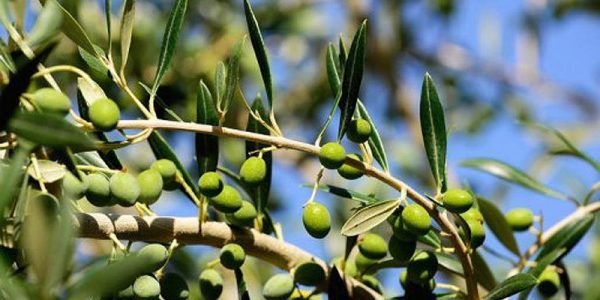
Strengths
- 20075 hectares of cultivated land – total cropped area 19365 hectares.
- 2070 hectares as forest area.
Opportunities
According to news reports (https://www.dawn.com/news/307413) in 2005, The Instituto Agronomico Per L’Oltremar (IAO), a scientific and technical branch of the Italian Ministry of Foreign Affairs, had undertaken a project in collaboration with the Pakistan Oilseed Development Board (PODB), Tarnab, to provide technical support to farmers in the areas with potential for olive cultivation in an effort to produce edible oil. “Olive cultivation has the potential to ease together with other crops the burden of the import bill for edible oil,” said a survey report prepared by Del Cima Raffaele, a researcher working with the IAO. The survey was conducted to identify areas suitable for olive plantation.
The Italian institute selected Charsadda, Bajaur, Bannu, Buner, Lower Dir, Malakand, Mardan, Swabi, Swat, Kurram, North and South Waziristan, Tank and Khyber Agency. Some areas in Batagram, Shangla and Kohistan for olive cultivation. Around 30 employees of POBD were trained under the project. The project aimed at providing technical support to farmers in an effort to produce edible oil and the plan was to extend this training to all the tribal agencies.
The Government of KP can act upon following recommendations to increase the efficiency of this sector:
- Given low education level of local farming community and their subsistence farming approach, it is advised that:
- Agriculture department of KP, in collaboration with Agriculture University of KP, should apprise local farming community of productivity levels of different crops in their area.
- Farmers should be encouraged by the government to plant crops in which their given area holds comparative advantage.
- Regular workshops and seminars should be conducted to educate farmers on modern farming techniques. In this regard, assistance from USAID could also be sought.
- Ministry of Commerce should help provide the local farmers to have access of their products to the neighboring countries, i.e. Afghanistan, China and Central Asian States.
- To make credit easily accessible to local farmers following actions can be taken;
- Encourage commercial banks operating in the area to offer credits to the farmers.
- Educate the farmers how easy credit schemes could help them in getting accessories and expanding their output. With all developed countries having exceeded their quota of carbon emission designed by UNEP, it is opportunity for developing countries like Pakistan to earn some carbon credits (worth millions) by growing and preserving forest.
2. Conclusion
Khyber district is containing a small proportion of opportunities making the district viable for necessary interventions in order to enhance crop yield and forestation . Few companies have initiated studies in this district for exploration of oil and gas and have established base camp (Charsadda Block which consists of 26% Khyber District area). Initiatives like Khyber Train Safari shall be reconsidered for promotion of tourism in the district as the said initiative was a famous one among the local and foreign tourists and covered by global news network CNN for promotion of tourism in the area. If these opportunities are availed properly while addressing the above mentioned threats, the economy of the district can substantially improve the livelihood of its residents and create business opportunities in future.
